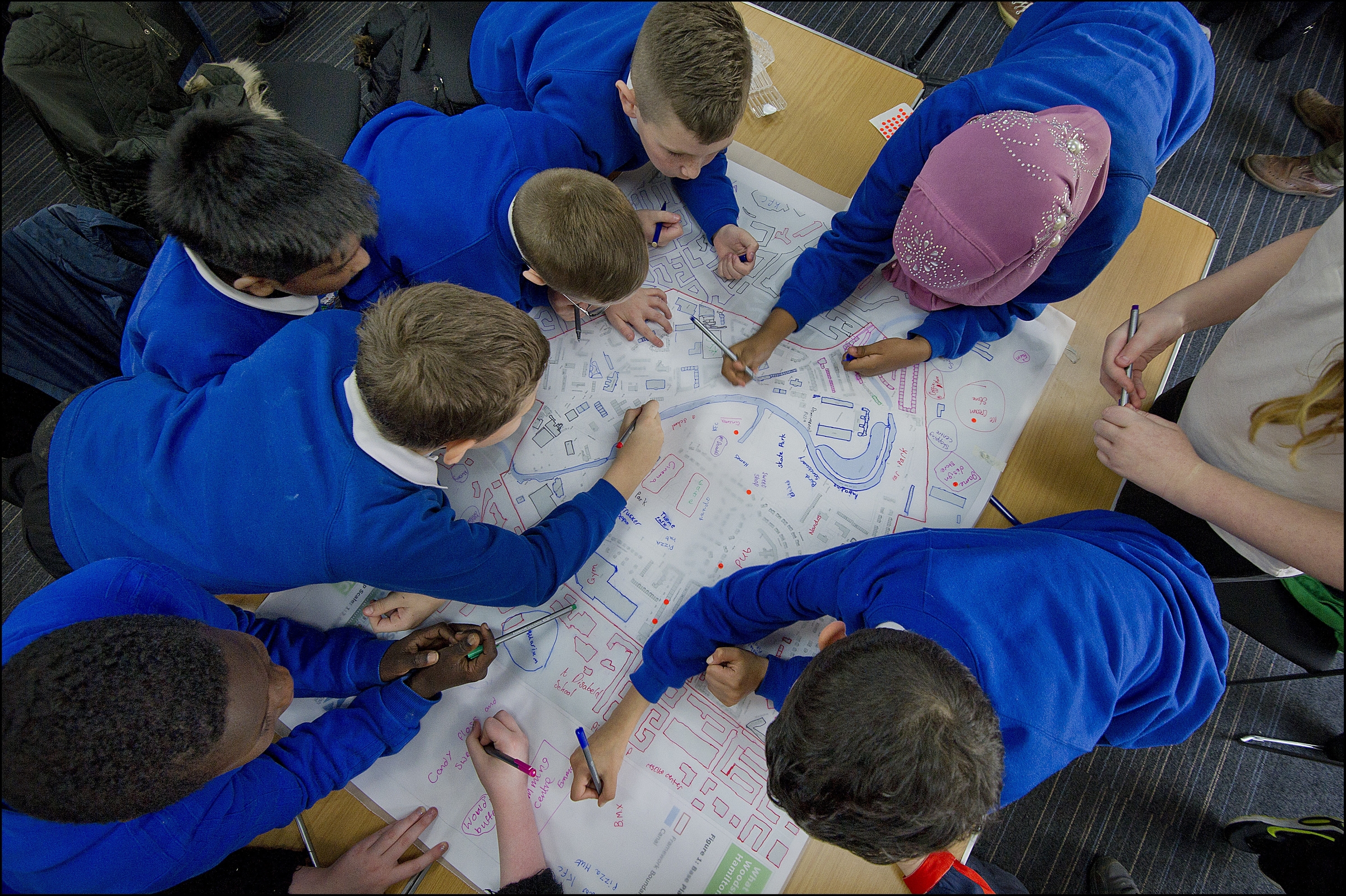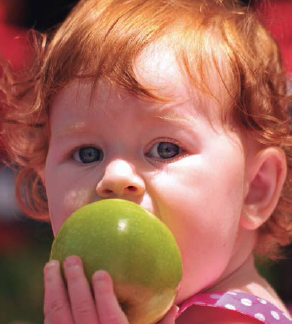We must invest in urban green spaces if young people are to live fun, healthy lives. And our canals have a key role to play
21 November 2019
Catherine Topley, Chief Executive, Scottish Canals, responds to Call 9 of our 25 Calls campaign.
Call 9: Ensure Scotland's next generation can lead active, healthy lives
For most children and young people growing up in Scotland’s towns and cities, the areas around their homes are less likely to include publicly accessible green space. However, our 140 miles of canal corridor offer a refreshing exception.
As noted in Call 9 of the 25 Calls campaign, one in four children in Scotland is currently living in poverty. I’m saddened to say that this is projected to increase to one in three over the next 12 years, mainly as a result of welfare reform.
Having played an important historical role in the industrial revolution, our public canals tend to pass through communities that have since experienced economic decline and are highly impacted by austerity measures.
These communities tend to fall into the ‘most deprived’ datazones, according to the Scottish Index of Multiple Deprivation (click to read). As Andrew Fraser notes in his call, living in poverty can have a profound impact on children’s health and wellbeing, as well as affect the opportunities available to them.
Our canals are perfectly positioned to make a huge difference in this regard, providing rare green corridors that are open to all throughout the year. Whether offering a pleasant walk to school along the towpath, providing contemplative spaces for healthy mental wellbeing, a traffic-free cycling zone, or a place to play, paddle and explore at the weekends, the Caledonian, Crinan, Forth & Clyde and Union canals are places to get active and be healthy.
While our canals give our citizens and visitors an escape from the bustle of urban life, they also offer rare breathing space for our natural environment, including plants, animals and their habitats, and protected species.
Scottish Canals provides children living near our canals the opportunity to see wildlife, experience nature and learn more about the heritage of their communities throughout the year at no cost. And these green spaces play a crucial role in supporting mental wellbeing.
At Scottish Canals, we run workshops, site visits, presentations and arts activities in communities to encourage young people to have their say on the future of the canal corridor. It’s essential that children and young people are at the heart of the design and planning process, as they will be the generation that creates and defines the future use of our canals.
At our four-day Woodside, Firhill & Hamiltonhill Charrette, local school pupils developed designs for a new footbridge over the canal linking Hamiltonhill and Woodside.

As a result we managed to secure funding from Sustrans Scotland to deliver a new footbridge, which is now being built on the edge of the Hamiltonhill Claypits. We are also proposing to build another footbridge at Stockingfield Junction in Maryhill which once complete will connect Maryhill, Ruchill and Gilshochill.
The Glasgow Canal Project (click to view) is another example of how safe and enjoyable outdoor spaces are being built for local communities. From the Youth Urban Games (click to view), which was led by local school pupils, and the launch of a new indoor skate-park which will offer a free entry program to economically disadvantaged local youths, to the Claypits – Glasgow’s only inner-city local Nature Reserve – we’re excited to be involved in so many projects that are shifting perceptions and regenerating our canalside communities (many of which are on the SIMD index) to support sport, leisure and active living.
Children are ever more informed and are challenging organisations and their governments to invest in addressing climate change, sustainable transport, pollution, and raising income in areas where inequality remains high.
Our 250 year old canals have seen industrial revolutions and are primed to continue to contribute to a ‘healthier Scotland’, enabling us to preserve these urban green (and blue!) spaces to secure this space for children and young people’s futures.
Catherine Topley is the Chief Executive of Scottish Canals.
She is responding here to Call 9 of our 25 Calls campaign, by Andrew Fraser, Eileen Scott, Linda de Caestecker and Sonya Scott, "Ensure Scotland's next generation can lead active, healthy lives." Click here to read the call


25 Calls campaign
Find out more about the 25 Calls campaign, view press coverage and read further responses
Click to find out more